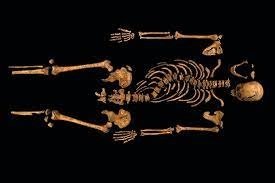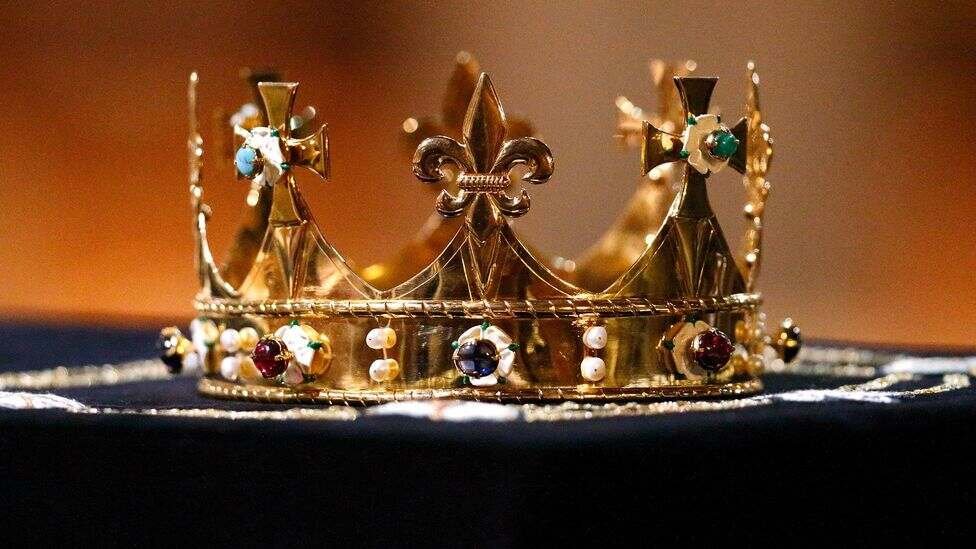Introduction:
The discovery of King Richard III‘s remains in 2012 under a parking lot in Leicester, England, has been hailed as one of the most remarkable and fortuitous archaeological finds of modern times. Richard III, the last English monarch to die in battle, has long been a figure shrouded in historical controversy and intrigue. This discovery shed new light on his life, reign, and the circumstances of his death, while also showcasing the power of modern archaeology and historical detective work.
The Historical Context:

Richard III ruled England from 1483 to 1485, a period marked by political turmoil and the Wars of the Roses, a series of civil wars between the House of Lancaster and the House of York for control of the English throne. Richard’s brief but eventful reign ended at the Battle of Bosworth Field, where he was killed, and the Tudor dynasty began with Henry VII’s victory.
The Mysterious Disappearance:
Following his death, Richard’s body was hastily buried at Greyfriars Friary in Leicester, but the exact location was lost to history over the centuries. Rumors and myths surrounding his death and burial persisted, contributing to his enduring image as a controversial and enigmatic monarch.
The Remarkable Discovery:

The quest to find Richard III’s remains began in earnest in 2012 when a team of archaeologists, historians, and researchers embarked on an excavation project beneath a Leicester parking lot. The odds of finding his remains seemed slim, but remarkably, they stumbled upon a skeleton that matched historical descriptions of Richard III, complete with signs of battle injuries and a curved spine, which confirmed the monarch’s notorious hunchback.
DNA Confirmation:
Scientific analysis and DNA testing were conducted to confirm the identity of the remains. Mitochondrial DNA extracted from the skeleton was compared to living descendants of Richard’s sister, Anne of York, providing conclusive evidence of the skeleton’s royal lineage.
Implications and Historical Reassessment:

The discovery prompted a reevaluation of Richard III’s life and reign. While many historians had painted him as a villain, the discovery opened up new debates and discussions about his character, his impact on England, and his place in history. It also challenged popular portrayals, such as Shakespeare’s villainous Richard III.
Legacy and Historical Significance:

The luckiest find in history not only solved a centuries-old mystery but also reignited interest in medieval English history. It showcased the power of modern archaeology and the potential for rewriting historical narratives through empirical evidence.
Conclusion:
The discovery of Richard III’s remains was indeed a stroke of incredible luck, and it has left an indelible mark on the way we perceive this controversial monarch and the history of England during the Wars of the Roses. This remarkable find serves as a testament to the importance of persistence, interdisciplinary collaboration, and the unending quest to uncover the secrets of the past.
Summary:
The article delves into the extraordinary discovery of King Richard III’s remains in 2012 under a Leicester parking lot, which is hailed as one of the most fortunate archaeological finds in recent memory. Richard III’s reign during the Wars of the Roses, his mysterious disappearance, and the subsequent myths surrounding his burial are introduced. The remarkable discovery of his skeleton, complete with battle injuries and a curved spine, is highlighted, as well as the scientific confirmation of his identity through DNA testing. This finding prompted a reevaluation of Richard III’s life and reign, challenging historical narratives and popular portrayals. Ultimately, the article emphasizes the importance of this discovery in shedding new light on a controversial monarch and in showcasing the power of modern archaeology to rewrite history through empirical evidence.
Click here : https://truereviewmagazine.com/










